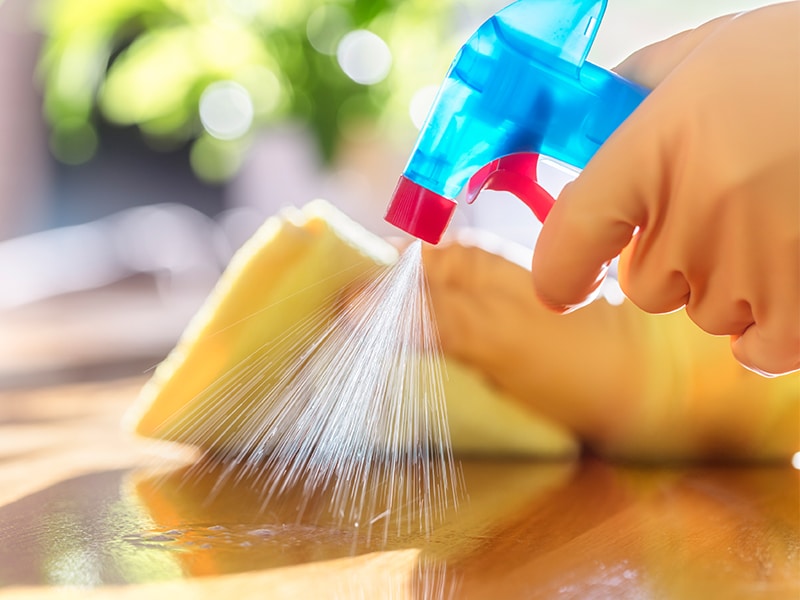The pandemic has made this year’s spring cleaning unlike any other as more of us worry about how the coronavirus (and other germs) can be tracked into our homes.
Although contaminated surfaces aren’t the primary mode of transmission for coronavirus — that’s still person to person through respiratory droplets — the Centers for Disease Control and Prevention (CDC) says it is possible to get sick by touching something an infected person has handled and then touching your face.
One study published in The New England Journal of Medicine found that coronavirus can cling to plastic and stainless steel surfaces for up to 3 days. Another, from The Lancet Microbe, says coronavirus is detectable on plastic and steel for up to 7 days.
But it’s not just coronavirus to be careful of. Getting serious about household cleaning can protect you from all kinds of germs, mold, and other disease-causing microbes.
To get rid of these germs, you need to know where to find them.
Keep it clean
By now, we’re all on high alert when we visit grocery stores, gas stations, and the doctor’s office, but viruses can be just as prevalent at home — especially on countertops and appliances.
When you touch these germ-ridden surfaces and then touch your face, you could get sick, says Shantala Samart, MD, Medical Director of Infection Prevention and Antimicrobial Stewardship Program at Methodist Mansfield Medical Center.
“Illnesses can vary from a mild respiratory infection to a, more rarely, serious gastrointestinal infection,” she says.
“Microbial hotspots” of germs can be found on countertops, in kitchen sinks, faucet handles, and other frequently touched areas, according to a study in the Journal of Environmental Health.
Here are the spots at home where you’re likely to find the highest concentration of germs:
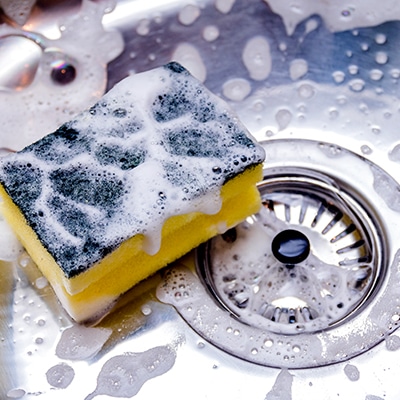
Kitchen items
Sponges, dish rags, sinks, cutting boards, and coffee pots are among the biggest hubs for germs.
“These hot spots are reservoirs for E. coli, salmonella, molds and yeasts,” Dr. Samart says. “It is recommended to wipe down these surfaces daily and wash cutting boards after each use.”
Sponges are hard to clean, according to the U.S. Department of Agriculture. Microwaving or boiling them might cut down germs a little, but it’s recommended they be replaced frequently.
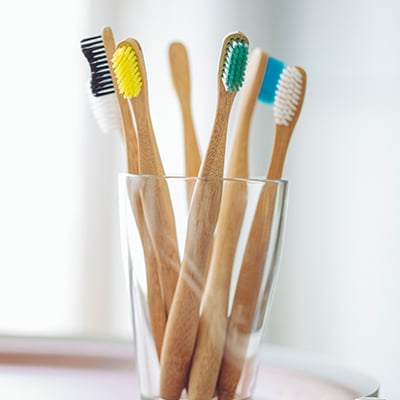
Toothbrush holders
These can carry high levels of coliform and staphylococcus bacteria, thanks to their proximity to the toilet, Dr. Samart says. “It is recommended to wash them once a week.”
That can be done using soap and water or disinfectant wipes, according to The Children’s Oral Health Institute.
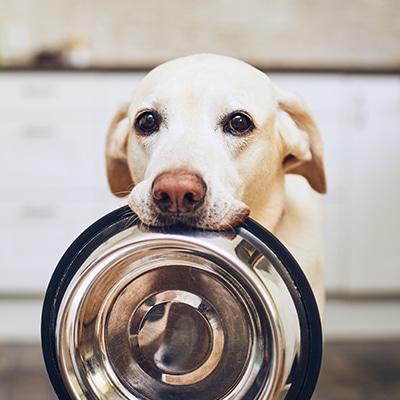
Pet bowls
“High amounts of mold, yeast, and coliform bacteria can be found in pet bowls,” Dr. Samart says.
The CDC recommends washing these dishes regularly, preferably outside with a hose since using the bathroom or kitchen sink or a bathtub could cause cross-contamination.
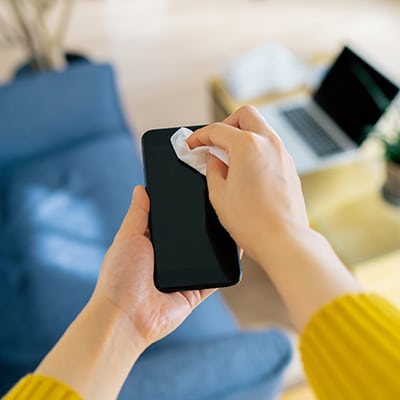
Cell phones
Think of your smartphone as a petri dish carrying dangerous bacteria, including influenza, E. coli, and a number of coronaviruses.
“Cell phones are one of the most germ-ridden things we touch every day,” Dr. Samart says. “Studies show they can carry 10 times as many bacteria as a toilet seat.”
Avoid taking your phone into the bathroom with you, she adds. Make it a habit to wipe it down with a soft microfiber cloth and consider using one of the newer UV light cleaning products, if the phone manufacturer allows.
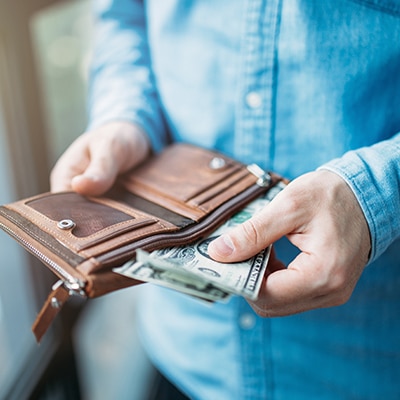
Money
“Cash, in particular, can be covered with bacteria and viruses, and recent studies show that can include the new coronavirus,” Dr. Samart says.
She advises everyone to stick to contactless forms of payment, such as credit cards and mobile apps. But if you have to handle cash — or use an ATM to get it — be sure to use hand sanitizer or wash your hands and avoid touching your face afterward.
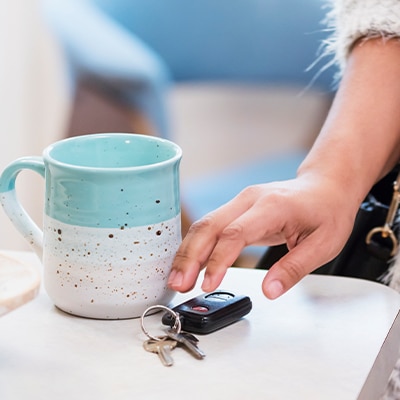
Personal belongings
Items, such as keys and sunglasses, are easily contaminated and should be regularly cleaned with disinfectants.
A simple solution
The CDC recommends wearing gloves and cleaning a surface with soap and water before using a disinfectant approved by the U.S. Environmental Protection Agency.
If these can’t be found in stores, diluted bleach mixtures (1/3 cup of bleach per gallon of water or 4 teaspoons of bleach per quart of water) and solutions with at least 70% alcohol will also work.
“Coronavirus is another reminder about the importance of regularly washing our hands and cleaning high-touch surfaces to protect ourselves and our family members,” Dr. Samart says.

